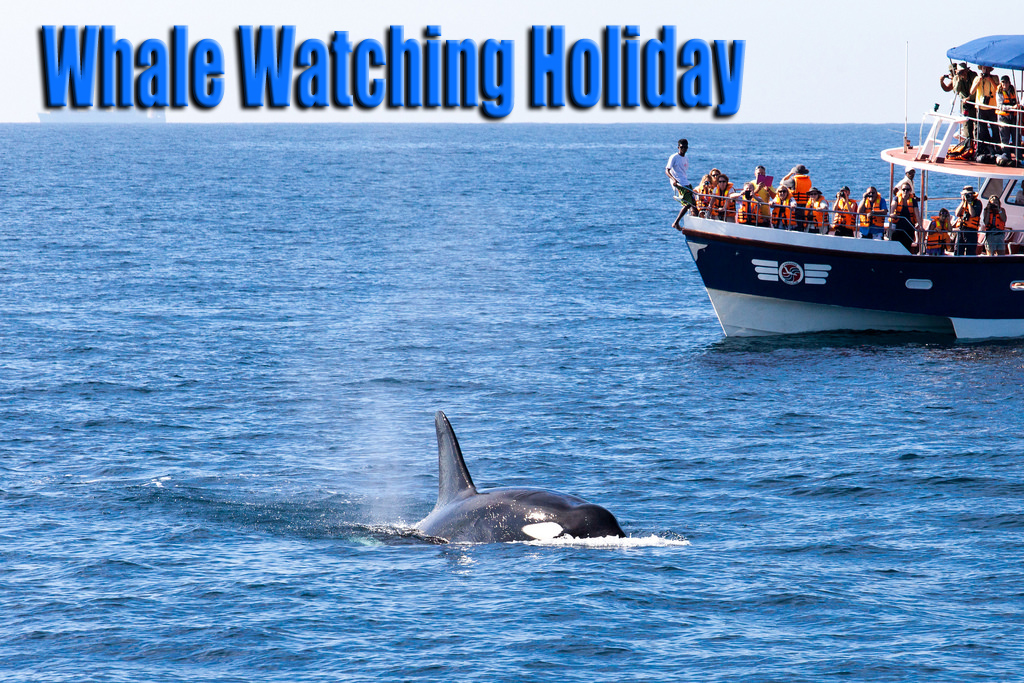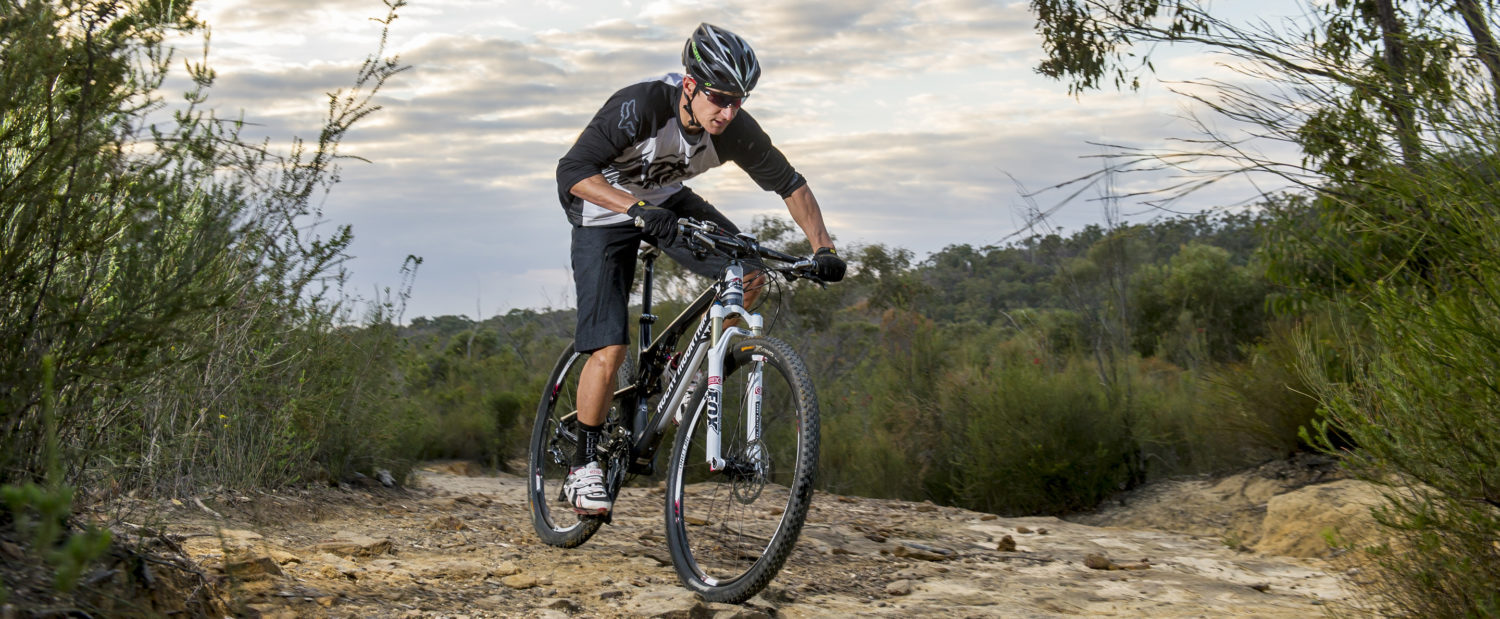The Ins-and-Outs of Whale Watching
Every year in the waters between Maui, Moloka’I, Lana’I, and Kaho’olawe from November to May, tourists can view humpback whales who make annual pilgrimages here to mate, give birth to their young and nurse them. During this entire time, the whales visiting here don’t eat anything. Female humpback whales are especially friendly creatures with other animal life, forming interspecies friendships that often last for years and even despite long absences. Until an international law banning whaling in 1966, whalers very nearly hunted humpback whales to extinction.
 In 1992, Congress instituted the Hawaiian Islands Humpback Whale National Marine Sanctuary so that these animals could be better protected and so that tourists to the area could observe and more fully appreciate them. The area of this Congress-instituted sanctuary extends from the Four Island area of maui whale watching to the North Shore of kaua’I, to Oahu, to Kona and Kohaka coast of Hawaii (the Big Island). Today, tour boats are not allowed to get tourists closer than 100 yards to whales for the protection of both tourists and the whales.
In 1992, Congress instituted the Hawaiian Islands Humpback Whale National Marine Sanctuary so that these animals could be better protected and so that tourists to the area could observe and more fully appreciate them. The area of this Congress-instituted sanctuary extends from the Four Island area of maui whale watching to the North Shore of kaua’I, to Oahu, to Kona and Kohaka coast of Hawaii (the Big Island). Today, tour boats are not allowed to get tourists closer than 100 yards to whales for the protection of both tourists and the whales.
The majority of the Hawaiian whale-watching tours disembark from either Lahaina and Maalaea, plowing the waters between Maui and Lanai. If you are on such a tour during the aforementioned months, it is pretty much a guarantee that you will have multiple whale sightings since those months will see about 10,000 whales in these waters and all whales need to come up for air every few minutes. However, you need to keep in mind weather conditions. Although the whales will still be coming up for air (they have to), bad weather conditions may keep you and your group from seeing anything.
If you determine the weather is suitable for such an excursion, make sure you bring the right kind of gear like …

